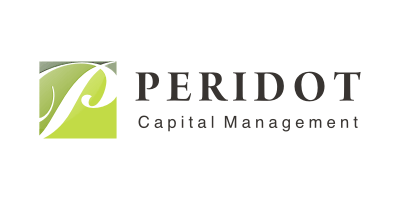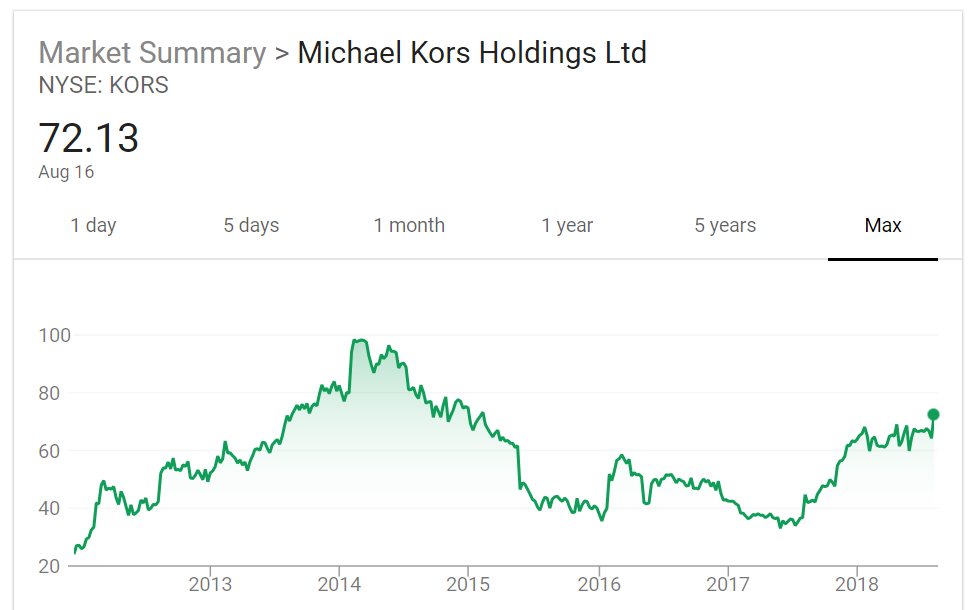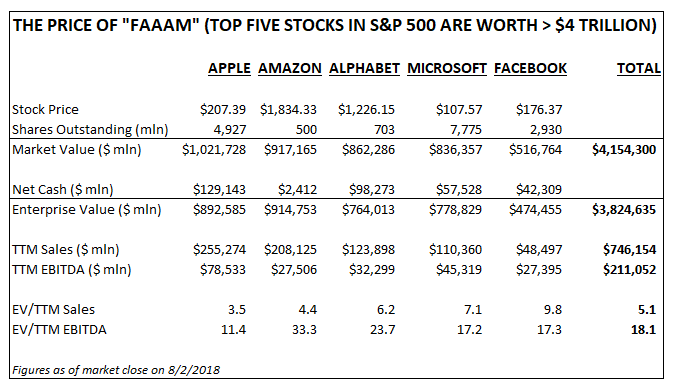For all of the business model evolutions and technology-led disruptions throughout the service economy in recent memory, the 6% realtor sales commission (a truly obscene amount for higher priced homes) for the most part has been unscathed. Tech upstarts like Redfin (RDFN) are trying to make a dent and are making progress, albeit slowly.
Public for less than 18 months after their IPO priced at $15, RDFN is using technology to save home buyers and sellers money. The company has been expanding its 1% sales commission structure rapidly, which can cut home sellers commission expense by 33% (4% vs 6%). Like Zillow (Z), RDFN also strives to offer customers ancillary services, such as mortgages.
RDFN stock had been trading pretty well, relative to the $15 issue price, up until recently:
The issue now is that RDFN was started in Seattle and focused initially on higher priced big cities for its lower sales commissions. The reason is pretty obvious; taking a 3% cut on a $200,000 home in Spokane is equivalent to taking a 1% cut on a $600,000 Seattle listing because each will take roughly the same labor hours. The idea that said Seattle seller would pay $36,000 to sell their house is a bit nutty, but that structure has largely survived in the industry.
Fortunately for RDFN, the coastal housing markets have been on fire, including double-digit annual gains in their home Seattle market for many years now. The result has been a strong revenue growth trend for the company, with 2018 revenue expected to top $475 million, versus just $125 million in 2014.
With those same markets now showing clear home price deceleration and inventory stockpiling, RDFN should see pressure on its near-term financial results, and likely similar headwinds for the publicly traded shares.
Long term, however, RDFN's future appears bright as it continues to expand its business across the country, taking aim at the traditional 6% sales commission structure. The company's market share reached 0.83% as of June 30th, up from 0.33% in 2014. While that figure is tiny, it shows you just how much business is out there for newer players to steal.
To be a long-term bull on RDFN, one needs to believe that over the next 10-15 years they can continue to grow market share and perhaps reach 5% penetration of a market worth tens of billions per year. The good news is that the company has enough money to try and get there. After a recent convertible debt offering, RDFN has about $300 million of net cash on their balance sheet, compared with an equity value of roughly $1.65 billion. That cash is crucial, as the company is purposely losing money now to grow quickly (cash burn has been in the $20-$30 million per year range).
It is hard to know what a normalized margin structure for RDFN could look like, and therefore assigning a fair value is not easy. With nearly $500 million in revenue and $300 million of cash, the stock does not appear materially overpriced today if one thinks they can earn 15%-20% EBITDA margins over time and therefore trade for 1.5x-2.0x annual revenue.
That said, if coastal markets continue to cool over the next few quarters, RDFN could dial back financial projections for Q4 and 2019, which would likely put pressure on the stock short-term, despite it being a long-term story for most investors. Accordingly, I think RDFN is an interesting stock to watch, especially for folks looking for growth without having to pay a huge premium for it.

















